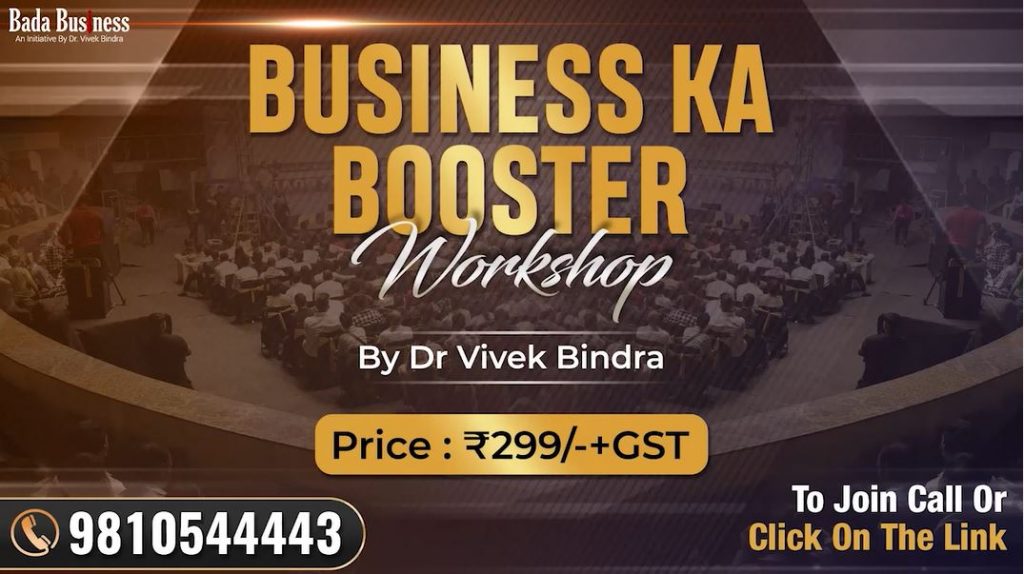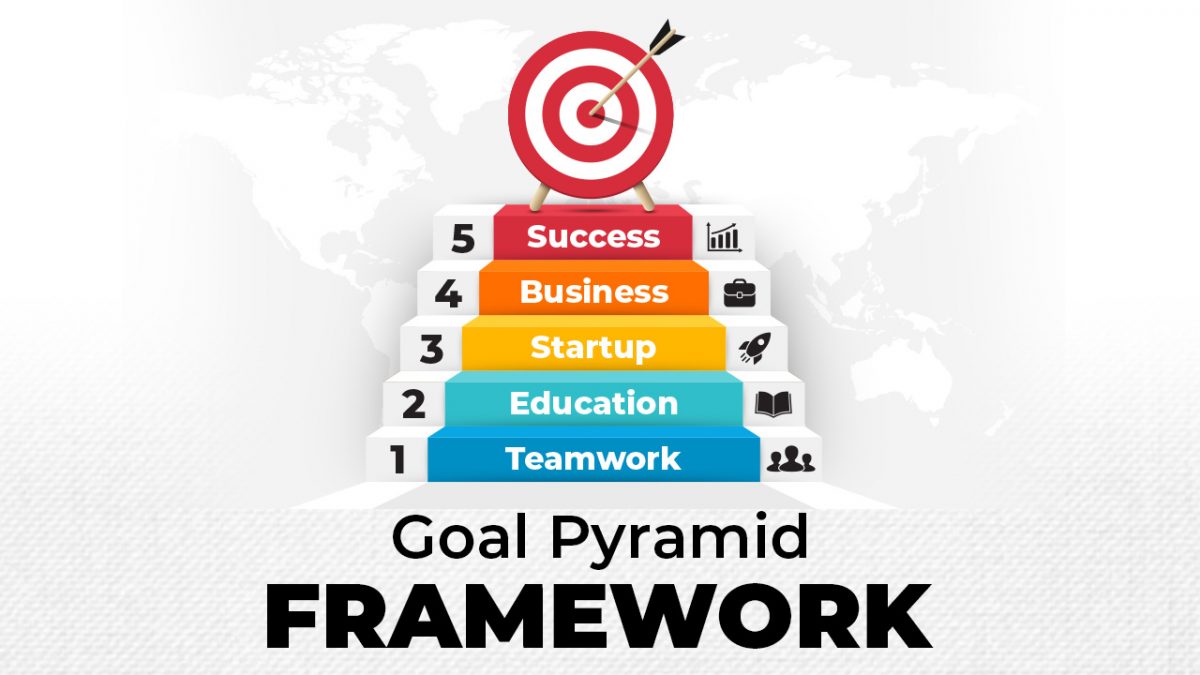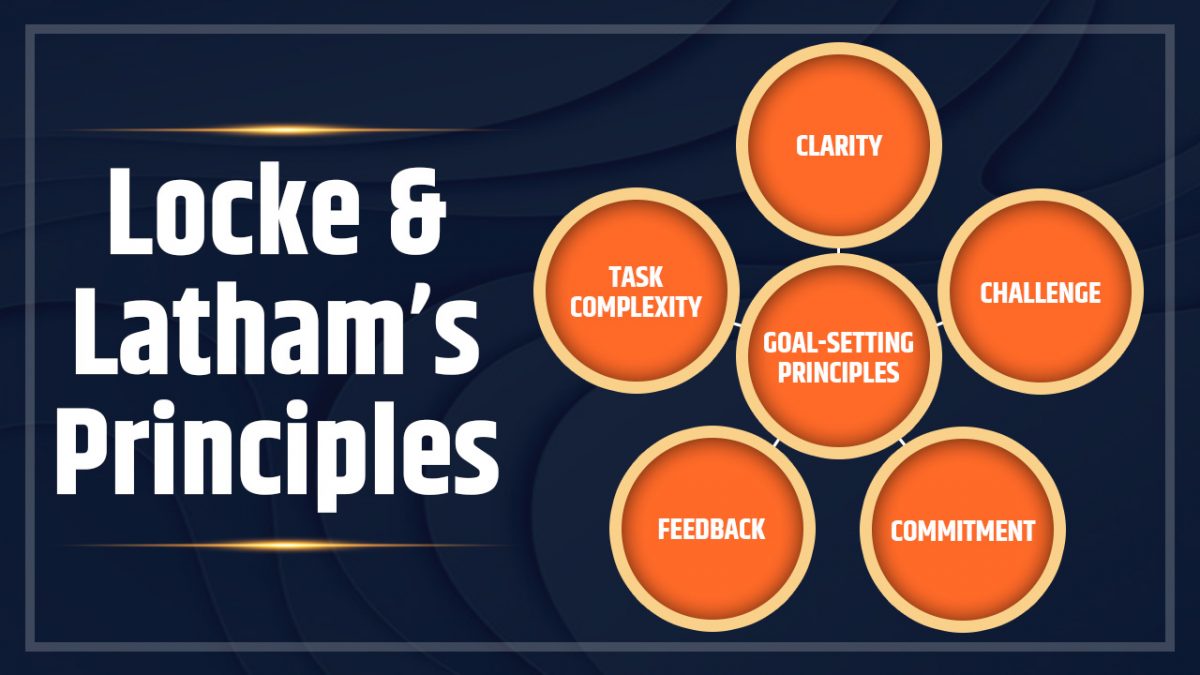Effective business operations and management are the backbones of any successful organisation.
From strategic planning to day-to-day execution, mastering these areas can lead to sustained growth, improved efficiency, and a competitive edge.
This article is based on some of the best books on business operations and management, including works from leading experts.
Operational Excellence and Efficiency
Eliyahu M. Goldratt’s “The Goal” introduces the Theory of Constraints, a management philosophy that identifies the most critical limiting factor (constraint) in a process and systematically improves it. This approach is essential for optimising operations and ensuring that resources are used efficiently. Goldratt’s narrative style makes complex concepts accessible, making it a must-read for anyone involved in business operations.
James P. Womack and Daniel T. Jones’ “Lean Thinking” expands on the principles of lean manufacturing, which aim to eliminate waste and improve processes. Lean principles are applicable across various industries and are integral to achieving operational excellence. This book provides a roadmap for organisations looking to streamline their operations and enhance value delivery to customers.
Leadership and Resilience: Lessons from Dr Vivek Bindra
Dr Vivek Bindra’s contributions to the field of business operations and management emphasise leadership, resilience, and strategic growth. His book “Everything About Leadership” delves into the qualities and skills necessary for effective leadership. Bindra argues that strong leadership is crucial for navigating the complexities of business operations, as leaders set the vision and drive the organisation towards its goals.
In “Bounce Back”, Bindra focuses on overcoming business challenges and turning setbacks into comebacks. He provides strategies for resilience and growth, emphasising the importance of adaptability in business operations. Bindra’s insights are precious for managers facing uncertain or rapidly changing environments, offering practical advice on how to maintain operational stability while pursuing innovation.
Strategic Management and Long-Term Success
Jim Collins’ “Good to Great” explores why some companies succeed in making the leap to sustained greatness while others do not. Collins identifies key factors such as disciplined people, disciplined thought, and disciplined action, all of which are crucial for effective management. The book’s emphasis on strategic planning and execution is vital for long-term operational success.
Jeffrey Liker’s “The Toyota Way” offers an in-depth look at the 14 principles behind Toyota’s success, including a strong focus on continuous improvement and respect for people. These principles are essential for creating a culture of operational excellence and innovation. Liker’s insights are particularly relevant for managers seeking to foster a high-performance work environment.
Practical Applications in Operations Management
William J. Stevenson’s “Operations Management” provides a comprehensive overview of the field, covering essential topics such as process design, supply chain management, and quality control. This textbook is an invaluable resource for students and professionals alike, offering practical tools and techniques for managing operations effectively.
Sunil Chopra and Peter Meindl’s “Supply Chain Management: Strategy, Planning, and Operation” examines the strategic role of supply chains in business operations. Effective supply chain management is critical for ensuring that products and services are delivered efficiently and cost-effectively. This book provides detailed insights into the planning and operational aspects of supply chains, making it an essential read for operations managers.
Innovation and Adaptability
Eric Ries’ “The Lean Startup” introduces lean principles tailored to startups, focusing on managing operations in a rapidly changing environment. Ries emphasises the importance of continuous innovation, validated learning, and flexibility, which are crucial for startups and established businesses alike. This book is handy for managers looking to foster a culture of innovation and adaptability within their organisations.
In short, Mastering business operations and management are crucial for any organisation aiming for success and sustainability. The insights from Dr Vivek Bindra and other leading authors provide a comprehensive understanding of the principles, strategies, and practices that drive operational excellence. Whether focusing on leadership, efficiency, strategic management, or innovation, these books offer valuable guidance for navigating the complexities of modern business operations. By integrating these insights into their practices, managers can enhance their organisations’ performance and achieve lasting success.











